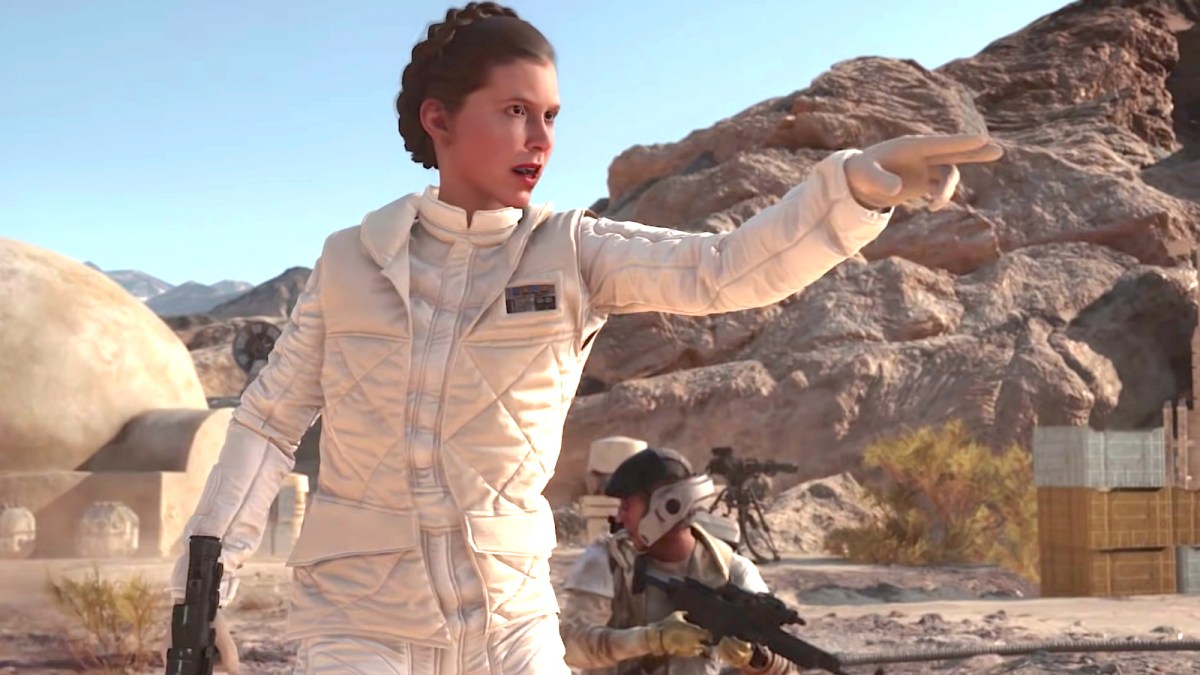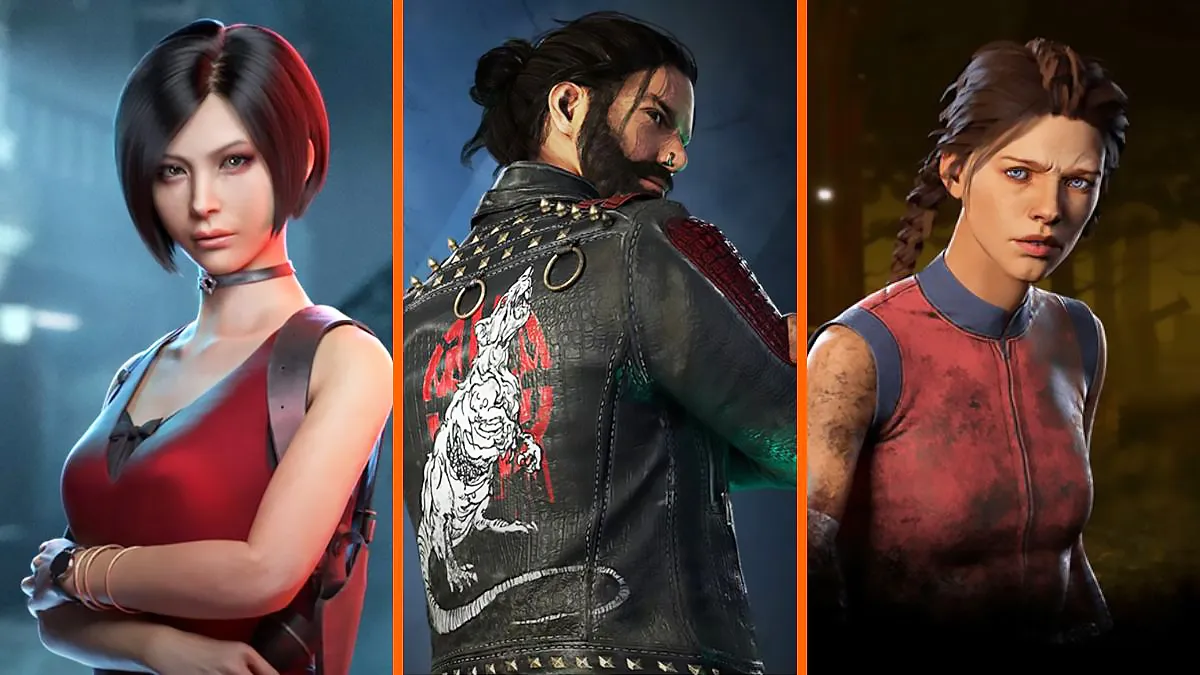
Despite being an incredibly popular setting for films and literary endeavours, the wild west has been a seldom-used backdrop in interactive gaming. That being said, we’ve seen the odd game take full advantage of its dusty landscapes, odd distasteful resident and penchant for solving problems with a gun rather than the law. There have been some in recent memory, but not enough. That is why it was somewhat disappointing to hear that Ubisoft had changed the setting and plot of Call of Juarez: The Cartel – the third entry in Techland‘s wild west first-person shooter series.
While the previous two entries in the series both took place in olden days on the dusty plains of Mexico, this outing picked up shop and hopped in a time machine to move to present-day Los Angeles. It still maintains some of the gritty storytelling mechanics and flavor from its predecessors, but it really feels like a different game because of the change.
Instead of fighting dirty gangs of misfits in old, run down border town buildings, you’re battling through the seedy underbelly of the Mexican/Los Angeles drug cartel. The objective is to keep a young girl safe after her father was murdered, while dealing with a deepening plot filled with backstabbing, political intrigue, sex trafficking and lots of drugs.
At its outset, players are shown a cutscene depicting the formation of an inter-agency task force, tasked with dealing with the drug cartel. It’s made up of three members, all from different agencies. There’s your hard-nosed member of the DEA in Agent Guerra, a tough-as-nails female FBI detective in Evans and police detective Benjamin McCaul. The latter member of the party is a descendant of former series protagonists, in an attempt to keep the plot canon and true to its former identity. He’s a hard-nosed, gruff badass, who resembles the preacher-man from the original Call of Juarez.
When its introductory video concludes, Call of Juarez: The Cartel asks gamers to make a decision as to which agent they would like to embody for the next six hours or longer. This is done after having the opportunity to peer inside their lives via behind-the-scenes videos showing their character, intentions and backdoor motives. You see – each member of this sewn together band of misfits has his or her own hidden agenda, which carries over into hidden collectibles which must be picked up secretly without any other character seeing you do so. There are special requests and unique phone calls made to all three, as outside forces attempt to have the group members spy on each other for mentioned suspicions.
It’s a storyline and premise that has some nice moments and is relatively well-written, but doesn’t deliver to the intended scale. There are some obvious cues taken from popular films and over-the-top set pieces but it’s presented in a way that makes immersion tougher to find and at times, the storyline can be a bit hard to follow. In order to have the full experience, you need to play through the game three separate times, though only some will end up doing that as its mechanics certainly leave things to be desired.

The fifteen-chapter campaign takes players through the shady streets, clubs and apartment buildings of Los Angeles. It then takes them on a trip to the Grand Canyon and even border town locations in Mexico, in a return to the series’ roots. It’s a bumpy ride that never really finds its true identity, borrowing mechanics from other shooters and employing gameplay that feels dated and uninspired. There’s just nothing new here.
It’s full of moments where the bullets never seem to stop flying, which would be fine if the mechanics supported that. There’s a need to pop in and out of cover to deliver your metallic payload, but a cover system is missing in action. This means that you must try to hunker behind anything in the environment that you can find, which works sometimes and fails you at others (such as a moment in the forest where there’s only trees to hide behind).
Adding some frustration to the equation is the fact that your enemies have incredible aim. Even if they’re far away, they’ll still hit you like you like it’s nothing. First-person shooters have always implemented enemy A.I. that focuses on the player first and his compatriots second, so it’s something we’re used to. However, this takes it to an annoying new level, at times being the cause for some deaths that led me to be somewhat angry.
Playing on hard, it doesn’t take a lot to down you, so gun battles force you to hunker down, pop up for the quick shot or two, and then go back to hiding. Unfortunately, there is no indicator to let players know when their bullets have landed. With a lot of gaming implementing that type of system these days, it’s hard to forget how much they aid the experience. When there’s no visual indication of shots hitting, games actually feel dated and frustrating because of its absence. I also noticed that some of my controlled fire was missing close-range foes, even during the odd slow-motion shootout.
Though you’re not alone in the large battle that consumes this game, your artificial intelligence partners aren’t all that helpful in combat. They’ll provide some cover fire to let you move closer to enemies and will take out the odd foe but at the end of the day, most enemies are your responsibility. When you play three player co-op, your friends can be downed and will require assistance, but the two computer-controlled allies in single player are invincible. Of course, they are helpful in some ways, letting you know when it’s clear or giving some hints towards the proceedings or combat strategies, but I was quite underwhelmed by the general A.I. in this game.
Driving is a surprisingly big portion of the experience, which is a lot different from the previous two Call of Juarez games. You’re tasked with driving throughout the city of Los Angeles, as well as in parts of Mexico and the Grand Canyon. Sometimes it’s in pursuit of an enemy and other times it’s just for transportation. The best way to describe the driving here would be basic. This part of the game has some action-packed shootouts as passengers kick out the window to shoot out of, but its basic control mechanics are nothing to write home about.
In Call of Juarez: The Cartel, co-operative play is available throughout the entire campaign. After every conversation-filled loading screen (featuring dialogue between your character and his superiors or newscast footage), you’re entered into an interactive lobby. Pressing start will allow the game to search for other players, though you can also set a private game and invite friends in. Although playing co-op is certainly the best way to play this game because it avoids the clunky artificial intelligence, there really aren’t many players on the game’s servers. It’s tough to find one person to play with, let alone two. This means waiting in lobbies for quite a while, with nothing to do but shoot the scenery or run around.

Competitive multiplayer rounds out the package by offering two different modes. Two teams battle it out in either team deathmatches or a mission mode where one team must complete an objective while the other tries to stop that from happening. It’s sort of like the fun multiplayer mode in the Kane and Lynch games, but isn’t nearly as entertaining or complete. If you can find someone online to play with, it’s a mode that will allow for an hour of fun at most. However, it’s sometimes difficult to find an online match and, even when you do, this portion of the game loves to freeze during lobbies. I think it probably froze at least four times on me, leading to a lot of frustration.
In putting a lot of time into this game, I experienced the best it had to offer and, conversely, the worst parts of its design. Though there are some enjoyable, albeit easy to forget moments, it comes at the cost of glitches. Adding onto the aforementioned multiplayer glitch are a bevy of minor instances of glitches and problems that I noticed during the single player campaign.
Sometimes, it was just the A.I. failing to follow. Another time, it was due to an artificial intelligence driver who managed to hit something during a scripted chase, spinning our vehicle around and forcing a checkpoint restart. It was hard not to notice that the game needed some more time in the proverbial oven to work out some kinks and perfect its mechanics.
To put it bluntly, Call of Juarez: The Cartel is a dated-looking game. In some ways, it’s even a visual letdown in comparison to its predecessor. While the series has never been known as a visual treat, the previous two entries had some nice art design and a different setting that made up for it. This time around, we’re met with a bland setting, dated visual design and some basic looking textures. Bloom plays a large part in the experience as well, as an added effect. However, it’s sometimes over-powering, making it hard to see the enemies around you. Sometimes looking forward and turning the joystick one way will cause it to glitch into view, affecting you for a brief second until you move the joystick again.
The game’s audio presentation is a mixed bag as well. The three main characters have decent voice acting, conveying a pretty good amount of believable emotion. However, the supporting cast is a mixture that blends the spectrum from average to terrible. One thing they have in common is the love of swearing. The amount of swearing in this game puts sailors to shame. All of this dialogue is surrounded by the sounds of gunfire, bullets ricocheting off of metallic items and explosions. Those sound effects are alright, but really don’t push the envelope in any way.
Although I enjoyed playing through Call of Juarez: Bound in Blood because of its interesting wild west setting and structure, I never felt the same way playing through Call of Juarez: The Cartel. It carries some of the same mechanics over, such as the over-the-top gunfights and some shooting structure, but it’s quite a departure for the series. One that I personally feel was unnecessary. Its quality hovers on the fulcrum of mediocrity, sometimes swaying towards the side of betterment, though it more often sways opposite way. In a lot of ways, it feels like a step backward in comparison to its predecessors. Fans of the series may find some entertainment within, but overall, the game is frustrating, problematic, dated and lacks inspiration.






